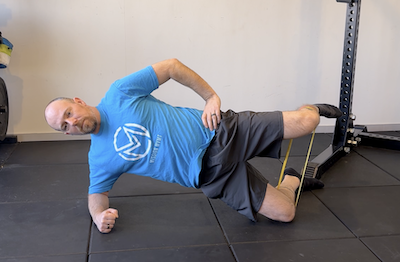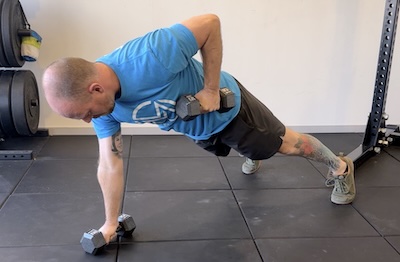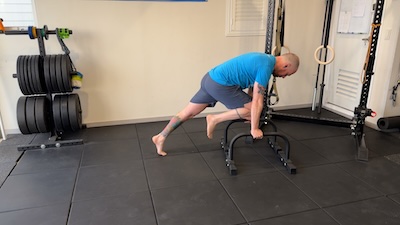Side Plank
Side Plank
The side plank is a foundational core movement that targets the obliques, glute medius, and shoulder stabilizers while promoting strong postural alignment. As an isometric hold, it challenges the body to maintain balance and tension along the lateral chain—making it a valuable tool for injury prevention, core strength, and movement control.
This simple but highly effective drill supports everything from daily posture to performance in running, lifting, and rotational sports. It teaches your body how to resist side-to-side collapse, build endurance in smaller stabilizing muscles, and reinforce total-body coordination.
The side plank is accessible to beginners and easily modified for more advanced practitioners. Whether you’re working on spinal stability or looking for a scalable core challenge, this movement can be tailored to meet your needs.
Equipment Needed:
-
Yoga mat or soft surface
How to Perform the Side Plank:
-
Begin lying on your side with your legs extended and feet stacked or staggered.
-
Place your elbow directly under your shoulder and forearm flat on the ground.
-
Press through your forearm and the edge of your bottom foot to lift your hips off the ground.
-
Keep your body in a straight line from head to heels, avoiding sagging or rotation.
-
Hold for the prescribed time, then switch sides.
Common Mistakes:
-
Letting the hips drop or tilt forward/backward
-
Allowing the shoulders to shrug or collapse
-
Breaking alignment through the spine
-
Holding the breath instead of breathing steadily
Progressions and Regressions:
If this is too challenging:
-
Perform the side plank with knees bent and bottom knee on the floor
-
Use a shorter hold duration and build up gradually
If you want more of a challenge:
-
Stack the feet instead of staggering them
-
Raise the top leg into the air for added glute and core activation
-
Add a weight on the top hip or perform from a full arm (high side plank) position



